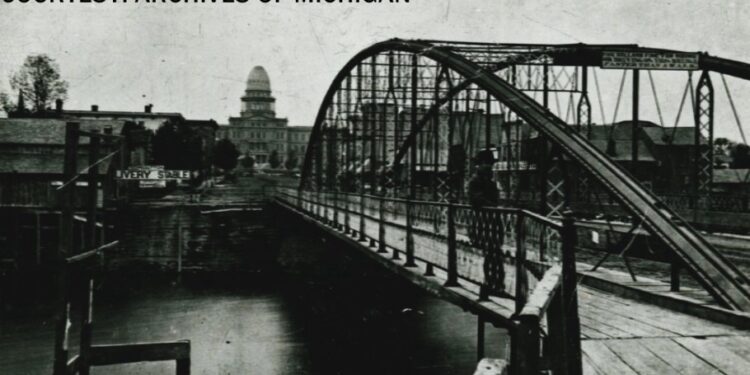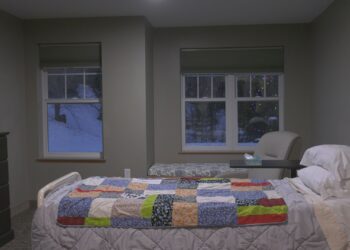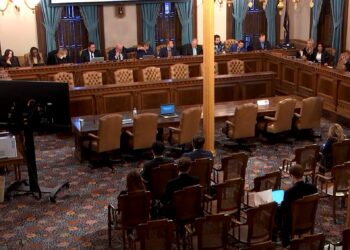LANSING, Mich. (WZMQ) – On January 1, 1879, our state capitol building was dedicated to the people of Michigan. Home to the state Senate and House of Representatives, it’s the third building to represent Michigan’s capitol.
The first was in Detroit, the building was an old brick courthouse from Michigan’s territorial period in the 1820s.
Valerie Marvin is the director of education and history at the Capitol. She said Michigan’s first constitution, written in 1835, said that by 1837 we’d have to pick a permanent location.
“There are, of course, some stories that many stories about how tough it was to get to Detroit. There is one story that I’ve read for one member coming from the Upper Peninsula. It took him 17 days to get from his hometown to Detroit because he is traveling in the winter time session starts in January, so he’s dealing with whatever the weather is staring at him and he is basically making his own way. So he is not coming on railroad, no snowmobile, no cars, nothing like that. So you really had to be dedicated to want to run for office and get that job.”
-Valarie Marvin
When it came time to choose a new location everyone thought their city would be best, even Copper Harbor was thrown out as a potential location. Eventually, lawmakers decided to build our new state government in Lansing township, a small undeveloped community of eight registered voters.
“Now we have to remember too, who could vote at that time. That doesn’t include women. Doesn’t include children. That does not include people of color. Voting is limited to white men 21 and over at that time. It most likely means there were about 8 white families living in the area. There had been a Native American presence in this part of the state for hundreds of years.” Marvin said. “They were going to have to come build a new capitol, set up a state government, convince a whole bunch of people living in Detroit to move to Lansing Township, and then were going to have to do things like build roads and figure out how to get furniture here. it was a little chaotic, to say the least.”
Ultimately, Lansing was chosen as a compromise because it was around the same distance from all the existing population centers like Kalamazoo, Grand Rapids, and Detroit.
Lansing’s first Capitol building was a wooden structure. The small building housed Michigan’s legislature for 30 years while our current capitol was built. Marvin said the building wasn’t very well-liked and was always too small, lawmakers called it the old barn.
Construction on our current Capitol building began in 1872. Men, women, and children worked on the building, it took seven years for them to finish the project.
The building opened officially on January 1, 1879. Marvin explained that at the time it opened, the state had run out of the budgeted funds for decorating the interior. The state government moved into the building with plain white walls and was told the plaster needed time to cure.
The walls were left blank for 6 years while the state saved the money to hire a design company out of Detroit. It took another 6 years to finish the over 9 acres of hand-painted art on display all across the building.
When it first opened, the entire state government was housed there. Every department had an office, including the Legislature, Supreme Court, Governor, Auditor General, and Secretary of State.
“This building belongs to you,” Marvin said. “We want Michigan citizens from every corner of the state to come to see it, to witness the work that happens here, and to feel that they are also part of our capitol community.”
The Michigan State Capitol is known to be one of the most colorful and the most accurately restored when it comes to the Victorian art on the interior.
Heritage Hall offers free tours to the public Monday through Friday, and starting January 1 will add the first Saturday of every month to continue to showcase its history and beauty.
















